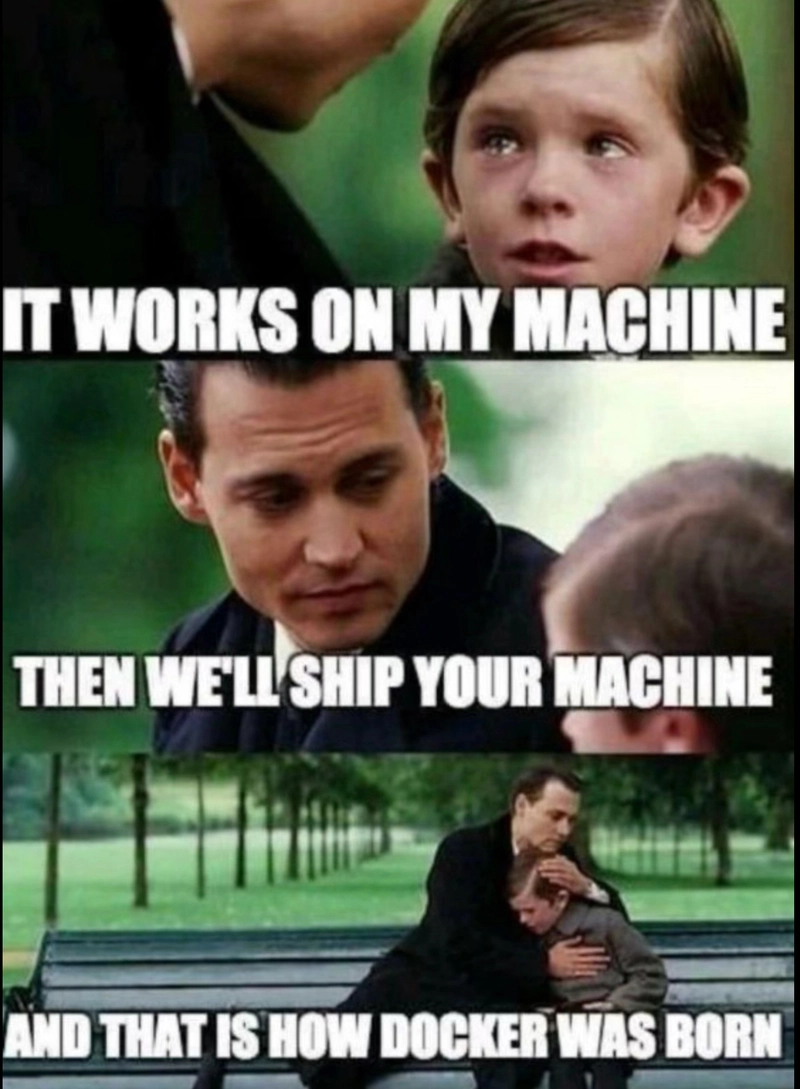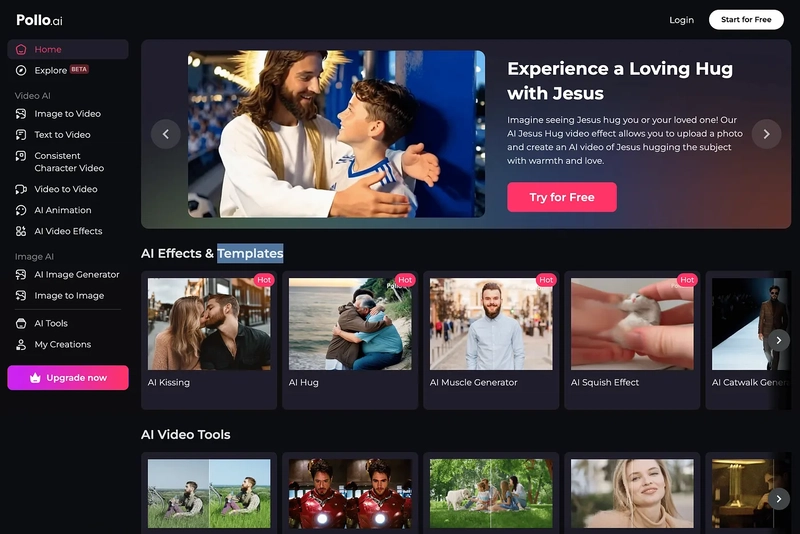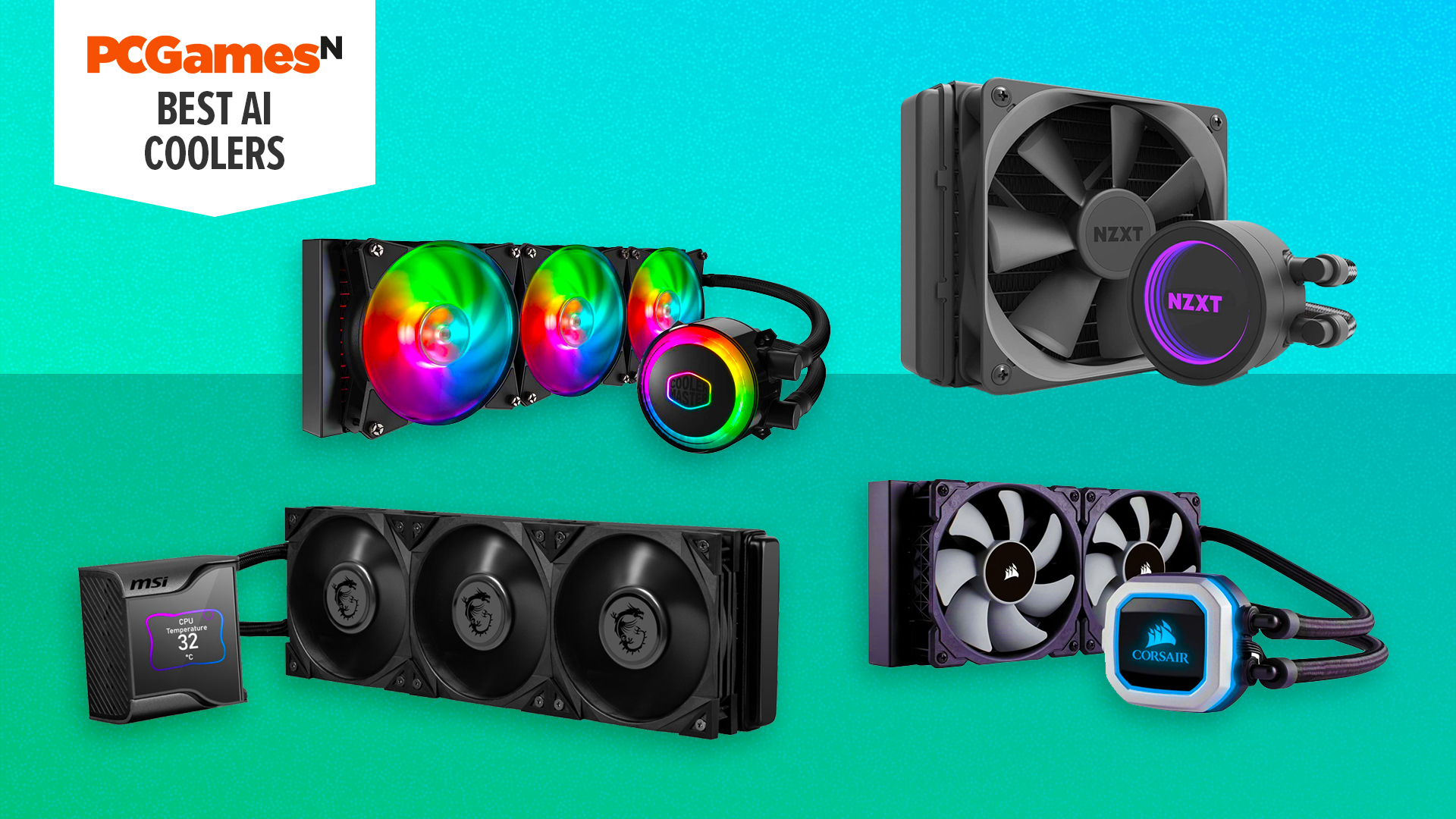RavenDB 7.0 Released: AWS SQS & AWS Lambda integration
The big-ticket item for RavenDB 7.0 may be the new vector search and AI integration, but those aren’t the only new features this new release brings to the table.AWS SQS ETL allows you to push data directly from RavenDB into an SQS queue. You can read the full details in our documentation, but the basic idea is that you can supply your own logic that would push data from RavenDB documents to SQS for additional processing.For example, suppose you need to send an email to the customer when an order is marked as shipped. You write the code to actually send the email as an AWS Lambda function, like so:def lambda_handler(event, context): for record in event['Records']: message_body = json.loads(record['body']) email_body = """ Subject: Your Order Has Shipped! Dear {customer_name}, Great news! Your order #{order_id} has shipped. Here are the details: Track your package here: {tracking_url} """.format( customer_name=message_body.get('customer_name'), order_id=message_body.get('order_id'), tracking_url=message_body.get('tracking_url') ) send_email( message_body.get('customer_email'), email_body ) sqs_client.delete_message( QueueUrl=shippedOrdersQueue, ReceiptHandle=record['receiptHandle'] )You wire that to the right SQS queue using:aws lambda create-event-source-mapping \ --function-name ProcessShippedOrders \ --event-source-arn arn:aws:sqs:$reg:$acc:ShippedOrders \ --batch-size 10The next step is to get the data into the queue. This is where the new AWS SQS ETL inside of RavenDB comes into play. You can specify a script that reacts to changes inside your database and sends a message to SQS as a result. Look at the following, on the Orders collection:if(this.Status !== 'Completed') return; const customer = load(this.Customer); loadToShippedOrders({ 'customer_email': customer.Email, 'customer_name': customer.Name, 'order_id': id(this), 'tracking_url': this.Shipping.TrackingUrl });And you are… done! We have a full blown article with all the steps walking you through configuring both RavenDB and AWS that I encourage you to read.Like our previous ETL processes for queues, you can also use RavenDB in the Outbox pattern to gain transactional capabilities on top of the SQS queue. You write the messages you want to reach SQS as part of your normal RavenDB transaction, and the RavenDB SQS ETL will ensure that they reach the queue if the transaction was successfully committed.
The big-ticket item for RavenDB 7.0 may be the new vector search and AI integration, but those aren’t the only new features this new release brings to the table.
AWS SQS ETL allows you to push data directly from RavenDB into an SQS queue. You can read the full details in our documentation, but the basic idea is that you can supply your own logic that would push data from RavenDB documents to SQS for additional processing.
For example, suppose you need to send an email to the customer when an order is marked as shipped. You write the code to actually send the email as an AWS Lambda function, like so:
def lambda_handler(event, context):
for record in event['Records']:
message_body = json.loads(record['body'])
email_body = """
Subject: Your Order Has Shipped!
Dear {customer_name},
Great news! Your order #{order_id} has shipped. Here are the details:
Track your package here: {tracking_url}
""".format(
customer_name=message_body.get('customer_name'),
order_id=message_body.get('order_id'),
tracking_url=message_body.get('tracking_url')
)
send_email(
message_body.get('customer_email'),
email_body
)
sqs_client.delete_message(
QueueUrl=shippedOrdersQueue,
ReceiptHandle=record['receiptHandle']
)You wire that to the right SQS queue using:
aws lambda create-event-source-mapping \
--function-name ProcessShippedOrders \
--event-source-arn arn:aws:sqs:$reg:$acc:ShippedOrders \
--batch-size 10The next step is to get the data into the queue. This is where the new AWS SQS ETL inside of RavenDB comes into play.
You can specify a script that reacts to changes inside your database and sends a message to SQS as a result. Look at the following, on the Orders collection:
if(this.Status !== 'Completed') return;
const customer = load(this.Customer);
loadToShippedOrders({
'customer_email': customer.Email,
'customer_name': customer.Name,
'order_id': id(this),
'tracking_url': this.Shipping.TrackingUrl
});And you are… done! We have a full blown article with all the steps walking you through configuring both RavenDB and AWS that I encourage you to read.
Like our previous ETL processes for queues, you can also use RavenDB in the Outbox pattern to gain transactional capabilities on top of the SQS queue. You write the messages you want to reach SQS as part of your normal RavenDB transaction, and the RavenDB SQS ETL will ensure that they reach the queue if the transaction was successfully committed.













































































































































































![[The AI Show Episode 142]: ChatGPT’s New Image Generator, Studio Ghibli Craze and Backlash, Gemini 2.5, OpenAI Academy, 4o Updates, Vibe Marketing & xAI Acquires X](https://www.marketingaiinstitute.com/hubfs/ep%20142%20cover.png)































































































































![[DEALS] Microsoft Office Professional 2021 for Windows: Lifetime License (75% off) & Other Deals Up To 98% Off – Offers End Soon!](https://www.javacodegeeks.com/wp-content/uploads/2012/12/jcg-logo.jpg)













































































































































_Anthony_Brown_Alamy.jpg?#)
_Hanna_Kuprevich_Alamy.jpg?#)




.png?#)

























































































![Hands-on: We got to play Nintendo Switch 2 for nearly six hours yesterday [Video]](https://i0.wp.com/9to5toys.com/wp-content/uploads/sites/5/2025/04/Switch-FI-.jpg.jpg?resize=1200%2C628&ssl=1)
![Fitbit redesigns Water stats and logging on Android, iOS [U]](https://i0.wp.com/9to5google.com/wp-content/uploads/sites/4/2023/03/fitbit-logo-2.jpg?resize=1200%2C628&quality=82&strip=all&ssl=1)














![YouTube Announces New Creation Tools for Shorts [Video]](https://www.iclarified.com/images/news/96923/96923/96923-640.jpg)

![Apple Faces New Tariffs but Has Options to Soften the Blow [Kuo]](https://www.iclarified.com/images/news/96921/96921/96921-640.jpg)

































































































































